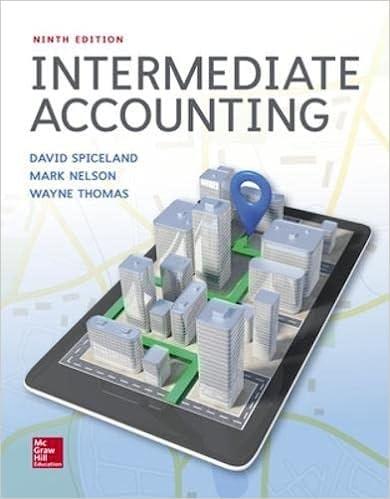You are spending the summer working for a local wholesale furniture company, Samson Furniture, Inc. The company
Question:
Old Reliant has offered to factor all of the company's receivables on a “without recourse” basis. Old Reliant will remit to Samson 90% of the factored amount, collect the receivables from Samson's customers, and retain the remaining 10% until all of the receivables have been collected. When Old Reliant collects all of the receivables, it will remit to Samson the retained amount, less a 4% fee (4% of the total factored amount).
Required:
1. Explain the meaning of the term without recourse.
2. Access the relevant authoritative literature on accounting for the transfer of financial assets using the FASB's Codification Research System. You might gain access at the FASB website (www.fasb.org), from your school library, or some other source. What conditions must be met for a transfer of receivables to be accounted for as a sale (or in accounting terms, “derecognized”)? What is the specific citation that Samson would rely on in applying that accounting treatment?
3. Assuming that the conditions for treatment as a sale are met, prepare Samson's journal entry to record the factoring of $400,000 of receivables. Assume that the fair value of the last 10% of Samson's receivables is equal to $25,000.
4. An agreement that both entitles and obligates the transferor, Samson, to repurchase or redeem transferred assets from the transferee, Old Reliant, maintains the transferor's effective control over those assets and the transfer is accounted for as a secured borrowing, not a sale, if and only if what conditions are met?
GAAP
Generally Accepted Accounting Principles (GAAP) is the accounting standard adopted by the U.S. Securities and Exchange Commission (SEC). While the SEC previously stated that it intends to move from U.S. GAAP to the International Financial Reporting Standards (IFRS), the...
Fantastic news! We've Found the answer you've been seeking!
Step by Step Answer:
Related Book For 

Intermediate Accounting
ISBN: 9781259722660
9th Edition
Authors: J. David Spiceland, James Sepe, Mark Nelson, Wayne Thomas
Question Posted:





